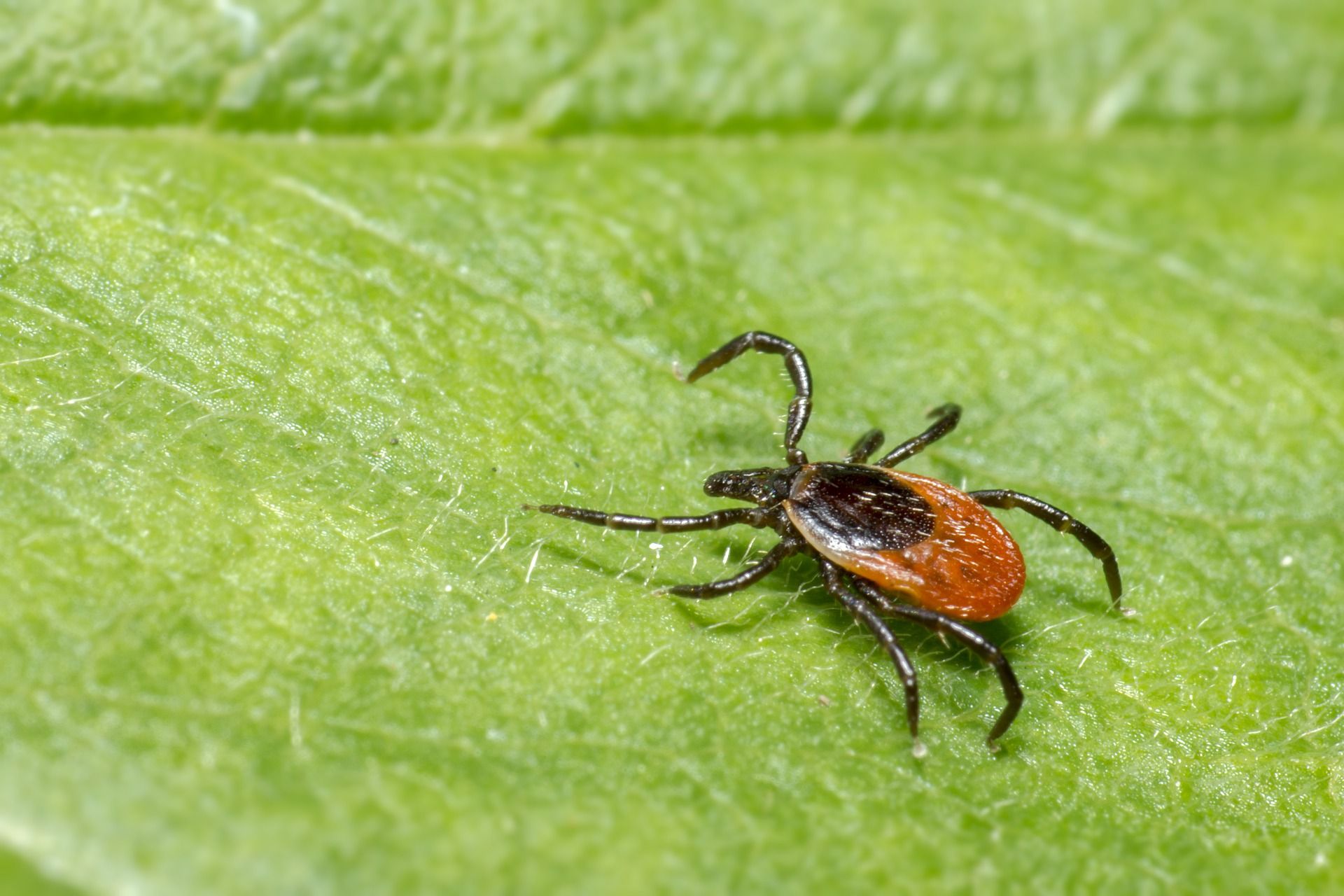
🧬 mRNA vaccines new key in treating Lyme Disease
Lyme Disease is a condition with potentially severe consequences for those infected. Using mRNA technology combined with a unique approach, Yale researchers have developed a new vaccine that shows great promise.
Share this story!
Annually 40'000 Americans are diagnosed with Lyme Disease, a condition with potentially severe consequences. It has the ability to infect the central nervous system, which in turn can cause partial paralysis and have an impact on the brain itself.
mRNA-based vaccines are a relatively new technology that's proven itself during the current COVID-19 pandemic. So it should be no surprise that the same technology is being used on other diseases.
A team of researchers from the University of Yale has developed a vaccine with a novel approach: instead of creating a vaccine that combats a particular strain, they created one that trains the immune system to respond to the saliva of the black-legged tick.
This was done by identifying 19 separate proteins present in the saliva and analyzing mRNA that produces all proteins. This is a process similar to what was used to create effective COVID vaccines.
"All human vaccines directly target pathogens. This would be the first vaccine that does not target the pathogen," states Erol Fikrig in an email to Gizmodo. Fikrig is co-author and an epidemiologist at Yale.
In brief, when a tick attaches to a host, the skin becomes inflamed and red. With the vaccine, this process is sped up due to the immune system's improved ability to react. At that point, it becomes more difficult for the tick to feed, in turn forcing it to detach. This is vital because a tick needs to be attached for 36-48 hours to transmit the disease.
Tests were performed on guinea pigs. Researchers removed the ticks once redness appeared and where half of the control group contracted Lyme Disease, the vaccinated universally remained healthy. When ticks were left attached, the infection rate of the control group increased to 60 percent, and 80 percent of ticks remained attached for over 96 hours, while the infection in the immunized group remained zero and ticks detached within 48 hours.
Further animal trials await and if results prove promising, trials will go on to humans. The interesting approach of this vaccine means that it doesn't just offer protection against Lyme Disease, but also other diseases carried by ticks.
By becoming a premium supporter, you help in the creation and sharing of fact-based optimistic news all over the world.


